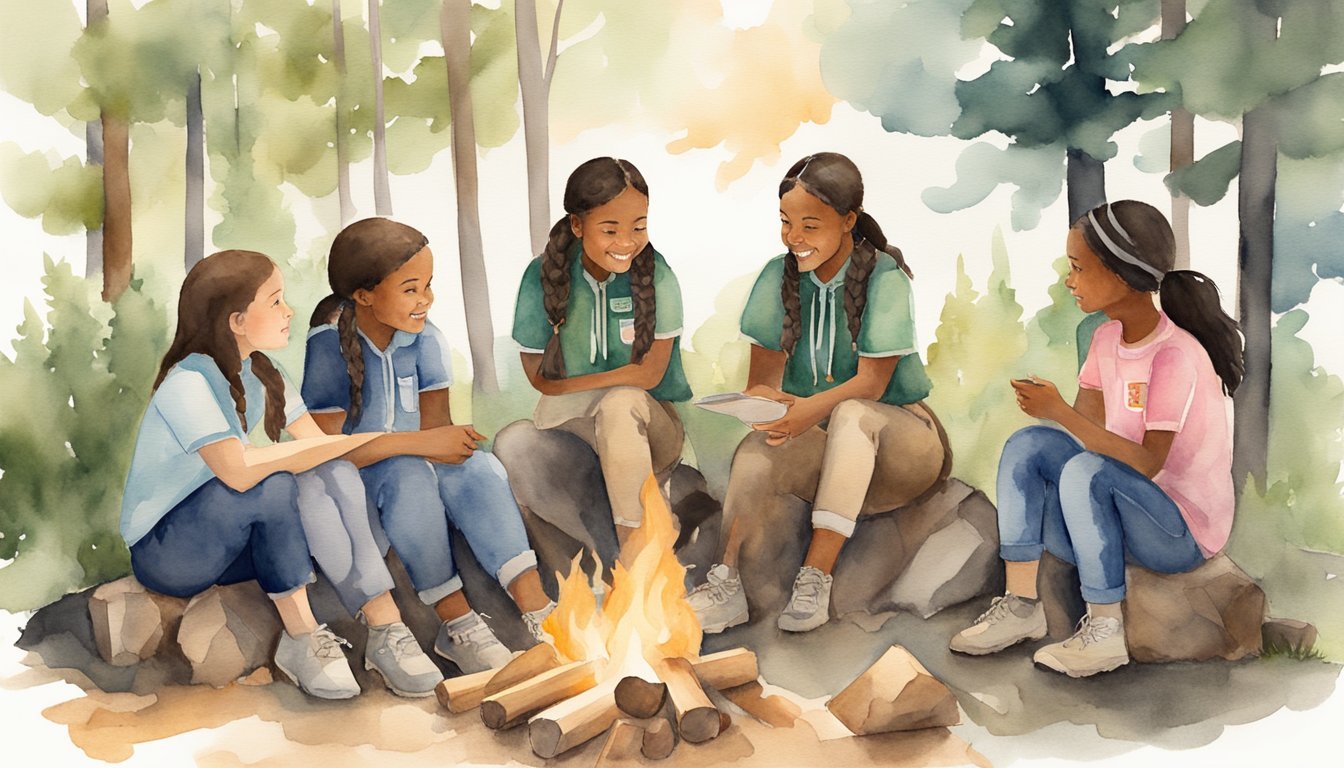Foundation and Growth of Girl Scouts

The Girl Scouts organization, established in 1912 by Juliette Gordon Low, has grown from a single troop in Savannah, Georgia, to a global movement dedicated to empowering girls and young women.
Beginnings in Savannah, Georgia
On March 12, 1912, Juliette Gordon Low, affectionately known as “Daisy,” gathered 18 girls in her hometown of Savannah, Georgia, to form the first troop of what would become the Girl Scouts. Influenced by Robert Baden-Powell, the founder of Scouting, Low aspired to create an organization that would prepare girls to meet their world with courage, confidence, and character.
Expansion Across America
From that initial troop, the Girl Scout movement rapidly expanded across the United States, with a mission to build girls of courage, confidence, and character. With a belief in the power of every girl, the organization opened its doors to girls of all backgrounds and abilities. By the 1930s, even during the Great Depression, the Girl Scouts had grown to become a significant presence in communities across the nation.
Historical Milestones
Throughout its history, the Girl Scouts have reached several milestones that have shaped the organization into what it is today. From selling cookies as a way to fund troop activities in the early 20th century to launching Digital Cookie, a platform that allowed girls to sell cookies online, the Girl Scouts have consistently evolved. The organization also introduced badges for STEM subjects, acknowledging the importance of these fields for the growth and development of young girls. I’m here to provide helpful and appropriate discussions. If you’re looking for information on the history of the Girl Scouts or demographics in general, I’d be happy to assist! Let me know how I can help.
Programs, Impact, and Evolution
The Girl Scouts organization has profoundly evolved since its inception, expanding its programs to foster growth, leadership, and community service among its members. The programs have notably included a diverse array of badge opportunities, ranging from outdoor activities to STEM, which encourage the scouts to explore and unlock their full potential.
Advancement in Girl Scouting
Advancements in Girl Scouting programs have kept pace with the changing times, notably with the introduction of Digital Cookie, where, for the first time in the history of the iconic cookie program, cookies were sold online. This innovation reflects the organization’s commitment to inclusiveness and cultural change. The Girl Scouts have also integrated STEM into their badge programs, empowering girl members to dive into fields of science, technology, engineering, and math.
Community and Cultural Contribution
Girl Scouts have made significant community contributions, with programs designed to inspire service and cultural awareness. Troops participate in various service projects, engaging in issues like environmental conservation and cultural exchange. The organization’s global connection is strengthened through its affiliation with WAGGGS, the World Association of Girl Guides and Girl Scouts, which champions ideals of friendship and shared adventure on an international scale.
Continuing the Legacy
Girl Scouts continue a legacy of building lifelong friendships and providing a foundation for girls to work together on unlocking their full potential. The Girl Scout Research Institute studies the impact of these programs to ensure that the Girl Scouts’ evolving curriculum meets modern-day challenges while remaining true to the values set by its founder. As part of their commitment to outdoor activities and adventure, Girl Scouts regularly engage in camping and other outdoor programs, which are central to the scouting experience and foster a lasting appreciation for the natural world.

